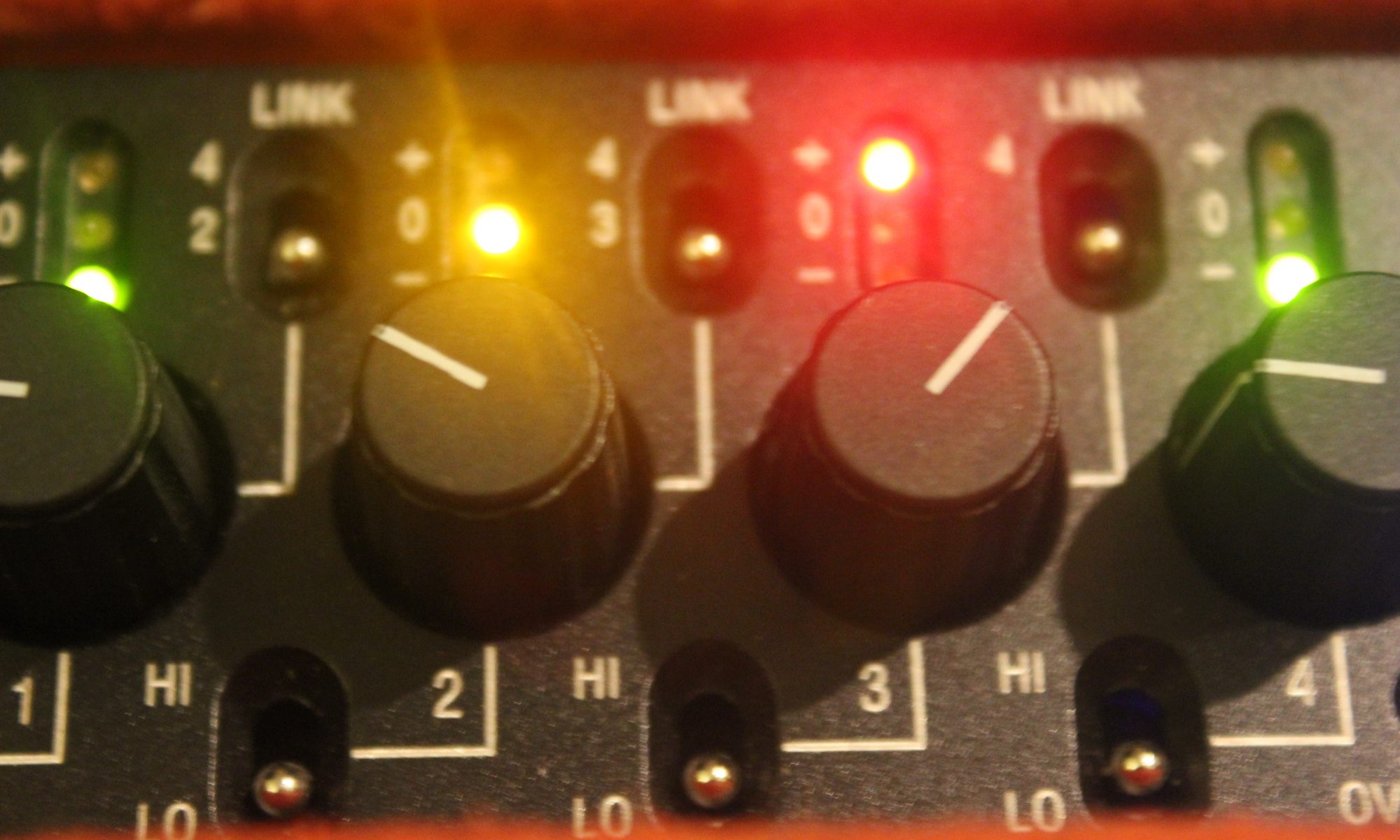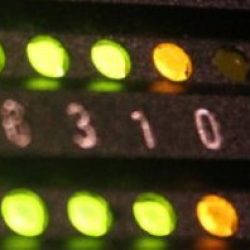Throughout most of my career I’ve used analogue wireless systems. However, for a few individual jobs I’ve run digital wireless. I’ve recently been running a digital system for a specific job over 3 weeks, with both positive and negative experiences. I’m not going to get into the details of particular brands, but have had similar experiences running digital systems made by different manufacturers.
Range and Reception Quality
It’s quite difficult to actually compare the range of different radio mic systems in real life. Different situations and environments can produce wildly different results. In some situations I’d get fantastic range with the digital system including through buildings. In others, sometimes where someone just turns away or bends down, obscuring line of sight from the transmitter when they are reasonably close, I’d lose RF and therefore audio completely.
With an analogue system, I wouldn’t expect this to happen- worst case scenario would be a rise in noise floor. Which, in a documentary setting makes the difference of something being potentially still being useable or not getting it.
On the other hand, a colleague was using an RF antenna distribution system with a bandpass filter and seemed to experience these issues far less. I’ve also heard other colleagues having much better experiences with digital systems using directional LPDA and YAGI antennas.
Backup Recording
Which leads us to this potential saviour, built into some digital systems. In some cases it’s brilliant and can save scenes from dropouts or allow shooting in situations without crew nearby. However it is not 100% reliable. I had a couple of instances I caught where battery telemetry caused the transmitters to drop out of record. Other colleagues have had corrupted cards. Just the fact that you cannot monitor them when they’re away from you means you can never be totally certain they’re recording.
There’s also additional work in backing up the cards. Backing up 4-5 8GB cards, the daily card from my recorder and running the conversion program took 45mins to an hour of precious downtime.
Intermodulation
There is a real advantage of digital systems in that they are not very susceptible to intermoduation from other RF sources. This is where harmonics from other RF sources can be received on a mathematically related frequency. Effectively you are receiving multiple RF sources at once. The fact that digital systems either receive their signal or not really works to their advantage here. They’ll just get the strongest source or not get it at all.
This results in the ability to pack RF channels much closer together without having frequency coordination issues. This allows much more flexibility in setting up larger systems, without incurring higher licensing costs or being able to work in already congested areas.
Audio Quality
All the digital systems I’ve used sound very good, with transmission quality surpassing that of top end analogue systems. I do believe there is a difference in the microphone amplifiers in various different transmitters and output stages of receivers, though- which can make some analogue systems competitive on this front.
The issue, however is in the fact that ‘it works or it doesn’t’. Digital systems are full quality or nothing, whereas if in suboptimal conditions analogue systems will lose transmission quality. While not ideal, it’s better than a complete dropout and can be a sign that you need to move your antennas closer.
Interoperability and Security
Analogue systems don’t use proprietary modulation schemes and different codecs to send audio. This allows them to be picked up using other analogue equipment as long as the frequencies match. Some companies even make receivers which can emulate expander settings to work with different manufacturers’ analogue transmitters. This can allow much more flexible multi-recordist setups and the ability to often ‘tune in’ to individual microphones at live events where a separate PA is being run.
In the case of digital systems, compatible transmitters and receivers made by the same manufacturer are necessary for the system to work.
The flipside to this is that others can eavesdrop on interviews with important people or talking about sensitive subjects. Most digital systems have options to encrypt signals. Even those with equipment from the same manufacturer would not be able to listen in without the matching encryption key.
Power
Digital wireless seems to be much more power hungry. Both transmitters and receivers need much more power, even compared to analogue systems running DSP. Some transmitters require rechargeable li-ion packs in order to last a reasonable length of time. Digital transmitters requiring dual AA batteries lasted about the same as a single AA analogue transmitter.
My analogue receivers pull around 1.5W each, while the digital ones I was using pulled a figure closer to 4W. This really mounts up and required larger batteries- and meant a heavier bag.
Conclusion
There are currently some areas where digital wireless is superior and can do things that analogue wireless cannot. However, I still think that analogue definitely still has strong advantages in what I use on a day to day basis. The fact that you get gradation in quality rather than an “on/off” effect, the flexibility of being able to use them with other systems and much lower power consumption still make them very competitive.
I can, however see certain jobs where digital wireless is more useful. Those where high channel counts need to fit in a limited bandwidth or if recording transmitters are a requirement. Analogue cannot compete here, but neither of those circumstances are something I come across on a day to day basis.
The disadvantages of digital also start to become less relevant on a drama set. In some cases, they may start to outweigh the advantages of analogue. Size, power consumption and larger antennas are less of an issue. Frequency co-ordination in studio complexes where multiple productions are happening would also be much more straightforward.
I also had no issues at all with the digital camera link system- works on a single frequency, AES digital in and out so the only quality loss is through the codec (negligible) and would even send timecode without additional boxes. The disadvantage is that it doesn’t also work as two personal transmitters

